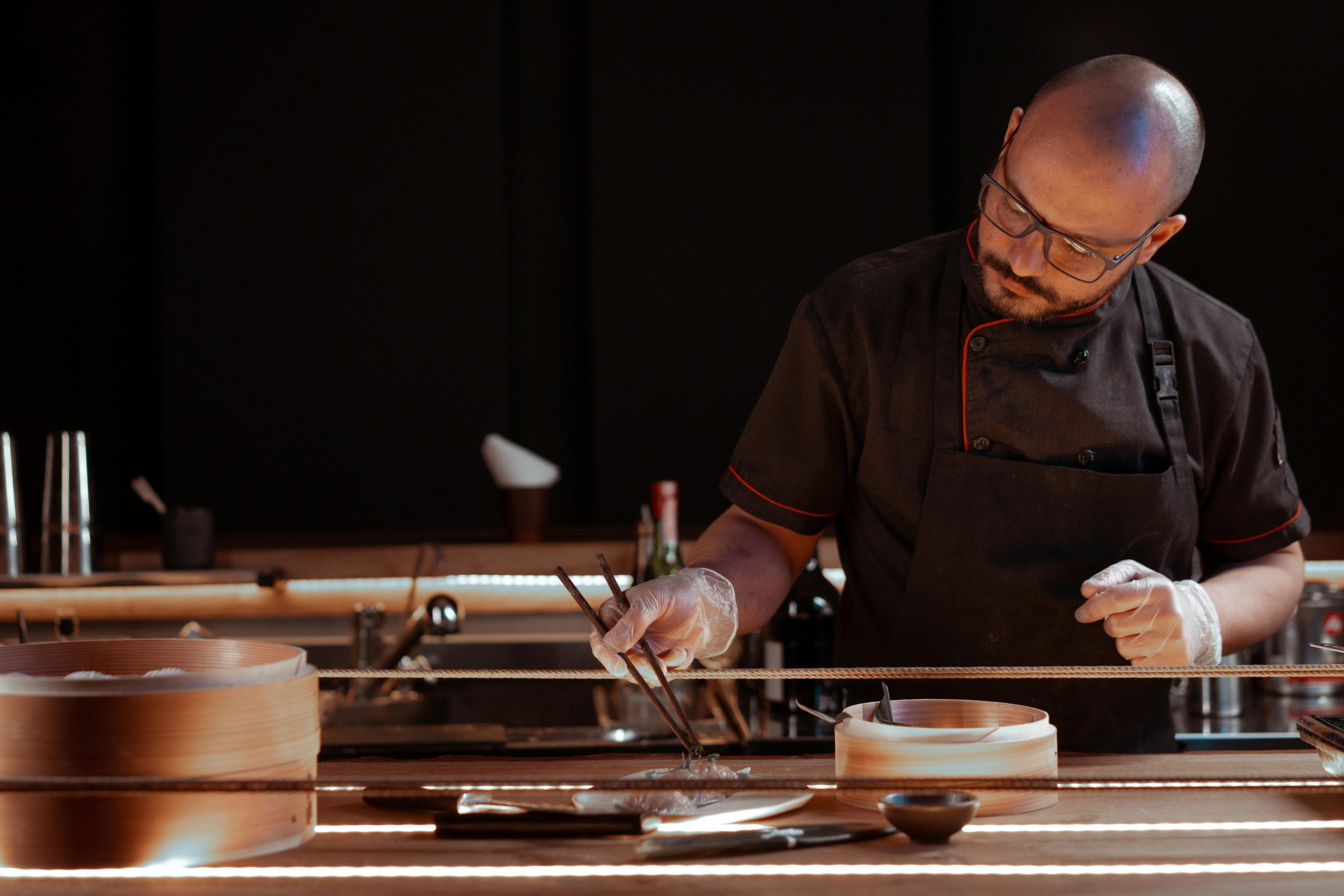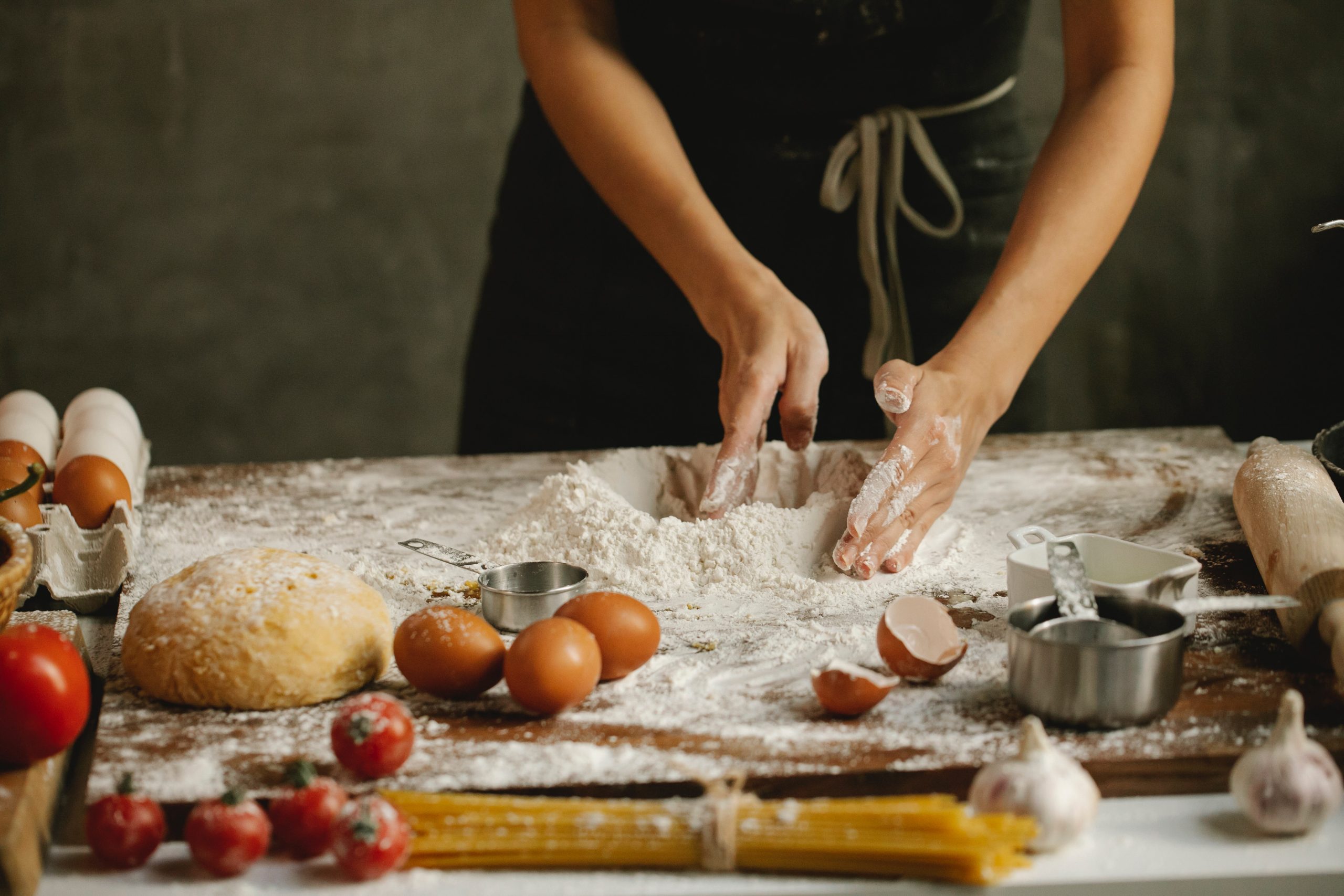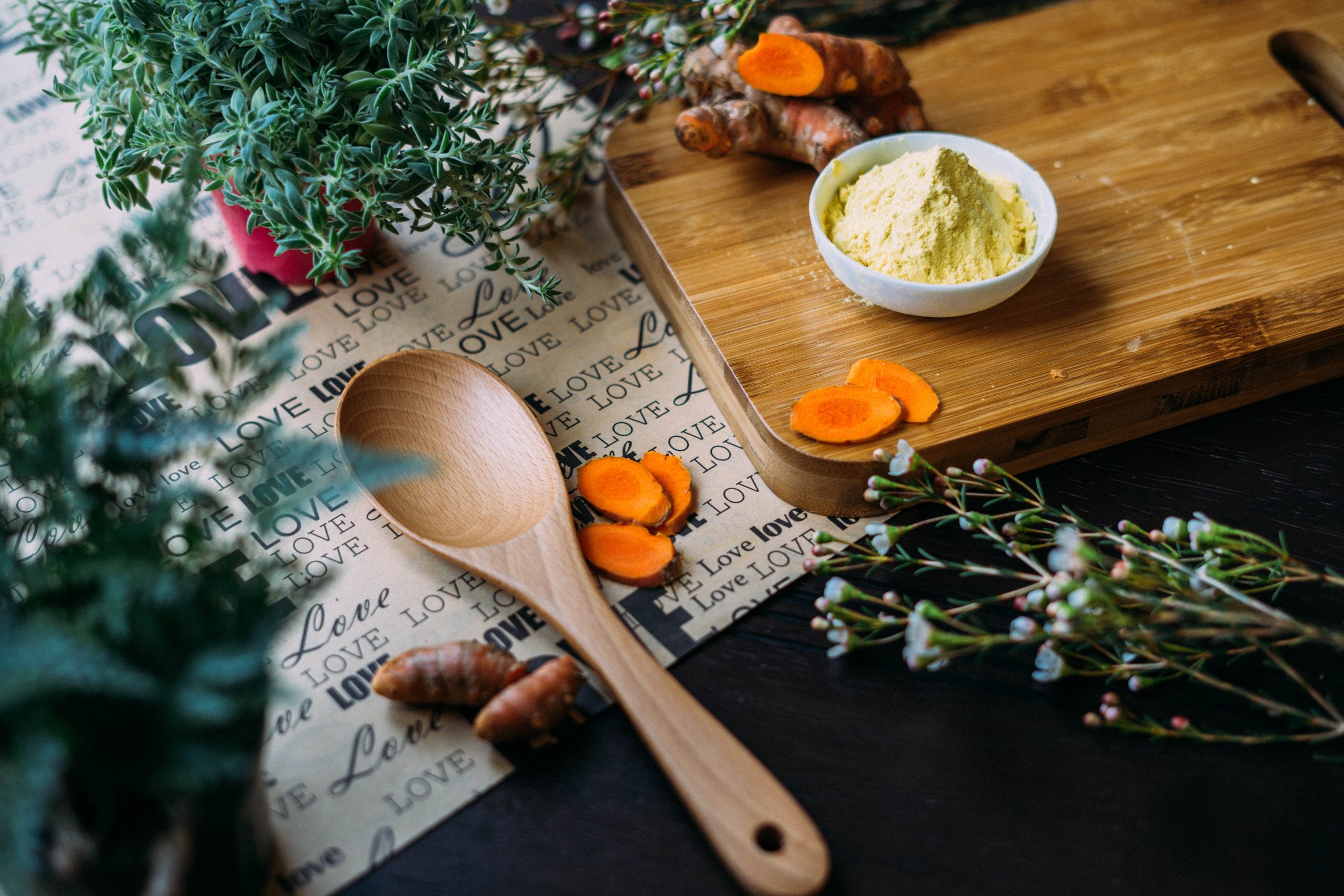Why Japan and Colombia Should Be on Every Food Lover’s List 2024
Tourist destinations not only offer entertainment and an immersion into different cultures but also represent an opportunity to explore and enjoy local cuisine. As Confucius said, "To know how to eat is to know how to live," and on these journeys, you never stop learning
The Current Dilemmas of the Gastronomic Sector
In the vast world of gastronomy, where flavors intertwine with experiences and opportunities, a challenging panorama emerges. From the influence of new policies to changing trends in consumption and the effects of climate change, enthusiasts in this sector must do more than just be prepared; they must adapt to consider new innovations that allow them to thrive amid constantly evolving challenges. Impact of Healthy Taxes and Single-Use Plastic In some countries, rather than merely requesting, the implementation of measures to promote sustainability, such as regulation on single-use plastic, has been demanded. This has led to a series of financial adjustments in the gastronomic sector, especially in countries like Colombia. Although these measures aim to promote more environmentally friendly practices, the reality is that even the smallest changes can have a significant impact on the operating costs of establishments. Faced with this panorama, entrepreneurs face the challenge of balancing the adoption of these measures with profitability, while also maintaining attractive prices for consumers. It is essential to develop strategies that allow compliance with regulations for a greener future, without compromising the economic viability of businesses. The Rise of Conscious Eating The current consumer trend has undergone a significant change, and the gastronomic sector is no
Artificial Intelligence in the Kitchen: How It’s Changing the Future of Gastronomy
The future of gastronomy is being transformed by artificial intelligence (AI), a change that manifests in multiple ways. From haute cuisine to fast-food restaurants, AI is reshaping how we prepare and experience food. Innovation in Haute Cuisine: Renowned chefs, like Andoni Luis Aduriz of Mugaritz restaurant, are employing AI to create new flavor and texture combinations. Thanks to machine learning algorithms, it's possible to explore unprecedented combinations that enrich gastronomy with innovations and unparalleled culinary experiences. Efficiency in fast cooking: The automation of processes and customization of menu recommendations through self-service kiosks are just a few examples of how AI is enhancing efficiency in fast-food restaurants. Supply chain management and food traceability are also key areas where AI is making a difference, ensuring quality and reducing waste. Cutting-edge cooking techniques: AI has enabled the implementation of advanced techniques like sous vide and low-temperature vacuum cooking. These methods allow for cooking food at precise temperatures, guaranteeing consistent results and intense flavors. Additionally, AI-powered kitchen robots are assisting in complex tasks, facilitating chefs' experimentation with innovative flavors and textures. Personalization of the gastronomic experience: AI is enabling unprecedented customization in the culinary experience. From menus tailored to individual dietary preferences and needs to facial recognition of
Trends in gastronomy in 2024: flavors of the future
For 2024, the gastronomy industry is envisioned as a culinary journey filled with exciting innovations and discoveries. From revolutionary techniques to exotic ingredients, the culinary scene is undergoing a remarkable transformation. Therefore, I am pleased to offer a detailed analysis of the trends that will shape the pace of taste preferences during this period. The rise of eco-friendly gastronomy Environmental awareness has permeated every aspect of our existence, and gastronomy is not exempt from this trend. In 2024, there is a noticeable increase in the demand for sustainable food options and the adoption of environmentally friendly culinary practices. According to the EcoCuisine gastronomic trends report, 78% of consumers are actively seeking restaurants that integrate eco-friendly practices. The revolution of alternative foods With a growing focus on health and ethics, alternative food options are experiencing a significant increase in popularity. According to data from the World Alternative Food Association, it is projected that sales of vegetarian and vegan products will represent approximately 20% of the global food market by the year 2024. Furthermore, Mintel research indicates that 65% of consumers are willing to try options that replace traditional meat. Culinary technology The way we prepare and enjoy food is being transformed by technology. From artificial intelligence-powered kitchen robots to
Creative Cooking Diploma 2023
In the dynamic world of gastronomy, I am pleased to announce with great enthusiasm the arrival of the third edition of the Creative Cooking Diploma 2023, a project that goes beyond teaching and becomes a catalyst for opportunities for Dominican youth. This program, born as a vision to empower young enthusiasts of gastronomy, has become a platform to discover and nurture local talent. By supporting this diploma, my goal is to provide these young individuals not only with advanced culinary skills, but also to open doors to a future where their creativity can shine on the world gastronomic stage. The initiative to send the most outstanding student to the prestigious Basque Culinary Center in Spain continues, offering a unique experience that transcends geographical and cultural boundaries. This year, as in previous editions, we seek to highlight innovation, passion, and a commitment to excellence in the kitchen. I hope that this diploma serves as a springboard to new horizons, new connections, and, above all, to the flourishing of Dominican talent on the international stage. By continuing to support initiatives like this, we contribute not only to the individual development of participants but also to the enrichment of the rich Dominican culinary heritage. Welcome to the
How are TikTok Trends Affecting the Eating Habits of the New Generation?
We live in a constantly evolving digital era where social media has transformed the way we communicate, consume content, and yes, even how we eat. Among these platforms, TikTok has stood out as a cultural phenomenon, especially among the younger generation. It's no surprise to announce that TikTok has become one of the most influential social networks. In just two years, it has become one of the social networks with the most active users and recorded a revenue of over $9 billion in 2022 alone. But beyond dance and entertainment videos, TikTok has proven to be fertile ground for exploring the world of food and beverages. According to data from News Room TikTok, 68% of TikTok users have discovered a food or beverage brand by seeing it on the platform, and 46% have purchased a food or beverage product after seeing it on TikTok. Furthermore, 72% of these purchases were unplanned. One of the most notable ways TikTok is affecting eating habits is through viral food trends. Videos featuring clever and delicious recipes can go viral in a matter of hours. The result? Users, mostly young people, feel the need to try these culinary creations for themselves. For example, the "TikTok bread" recipe,
Gastronomy as a form of cultural expression
Gastronomy is much more than a mere source of sustenance. It is a language, an artistic expression deeply rooted in the cultural identity of a people. Through its flavors, aromas, and culinary techniques, gastronomy transcends borders, allowing us to explore and understand the richness of the cultures that create it. On this occasion, I am pleased to discuss with you a deeper perspective on this industry, and how it is more than just a basic necessity; it is a way of communicating, sharing, and celebrating. Gastronomy as a Reflection of Cultural Identity A region's cuisine mirrors its history, traditions, and values. Each dish, each ingredient, tells a story about its place of origin. For example, Mexican cuisine is a blend of flavors and cooking techniques from pre-Hispanic, European, and African cultures, while French cuisine is known for its sophistication and use of high-quality ingredients. Both are historical archives where the influences of past generations are found. Gastronomy as a Form of Communication In a globalized world, gastronomy has become a bridge that connects people from different backgrounds. Eating together is a way to build bonds and understand cultural differences. When we share a meal prepared with love and care, we engage in a silent conversation
Women entrepreneurship in the gastronomy industry
In the midst of the 21st century, the gastronomy industry remains a battleground where women strive to carve out their place in a world dominated by deeply rooted gender stereotypes. While women are often the queens of the kitchen in our homes, the most prestigious and visible positions in renowned restaurants are predominantly occupied by men. According to data from ONU Women (2020), less than 4% of chefs with three Michelin stars (the highest culinary distinction) are women. This imbalance is undeniable and reflects a reality that, despite social advancements, still persists. María Canabal, a journalist and founder of Parabere Forum, presented an even more revealing perspective at the 2017 Paralelo Norte forum: 93% of those who cook at home are women, 48% of culinary school graduates are women, and 39% of restaurant cooks are women, yet only 18% of women in the industry are chefs, that is, head chefs. This stark gap between women's presence in the kitchen and their representation in leadership positions highlights the challenges faced by women entrepreneurs in this sector. Let's delve into some of the main challenges: - Gender wage gap: women often earn less than men for the same work. - Inequality in task distribution: women still
The next steps in sustainable gastronomy
Sustainable gastronomy has for years been a topic of interest to chefs, restaurants and diners alike. The idea of cooking and eating fresh, local and environmentally friendly food has become a trend all over the world. But, what are the next steps in sustainable gastronomy? How can we keep moving towards a greener and healthier future? One of the emerging trends in gastronomy of this type is the use of little-known or traditional ingredients. Many chefs are turning to products that were once considered waste or simply not used in the kitchen, such as cauliflower husks, broccoli stems or fish bones. These ingredients can provide unique flavors and also reduce food waste. Agriculture is another important topic that is gaining attention in this way of cooking. It is about chefs looking to work with local farmers who employ responsible practices, such as organic farming or regenerative agriculture. Similarly, single-use plastics are being replaced by more sustainable options, such as biodegradable or reusable packaging. Finally, innovation in food technology is also opening up new opportunities. From the creation of plant-based meats to the fermentation of foods, these innovations can help reduce the carbon footprint of the food industry and offer new flavor and texture options
Healthy and personalized food: the bet of investors in the gastronomic sector
The food industry is changing, and with it, the way we eat. Restaurants for people with dietary restrictions are becoming increasingly popular, and not only among those with allergies or intolerances, but also among those seeking healthy and personalized options. But who is behind this trend? And who are the investors who are betting on these specialized restaurants? According to a Forbes article, the people who are investing in restaurants for people with dietary restrictions are, for the most part, entrepreneurs or businessmen who have experienced first-hand the lack of options in the market, and who have seen the opportunity to invest. in this type of restaurant thanks to the growing demand for healthy food, adjusted to the needs of each person. In this sense, many of these entrepreneurs choose to invest in franchises that focus on providing solutions of this type. One of them is B.Good, which has more than 70 locations around the world and specializes in providing food that meets the dietary needs of the population. Another example is Freshii, a restaurant chain that offers customized, vegan and gluten-free menu options. It should be noted that independent restaurants are also experiencing great success concerning this issue. For example, in the United










